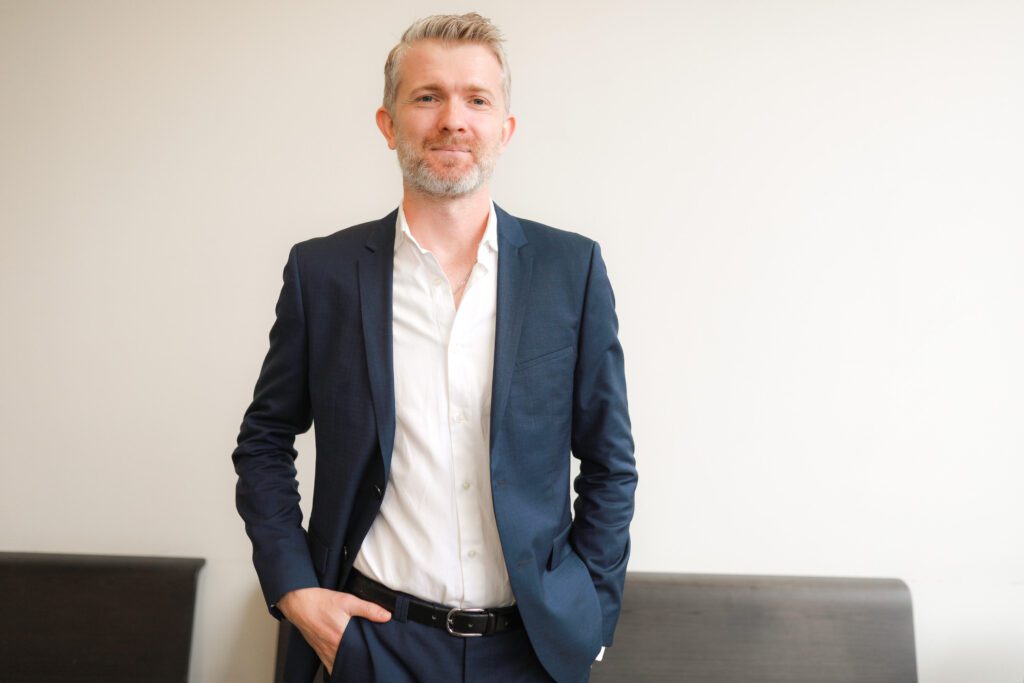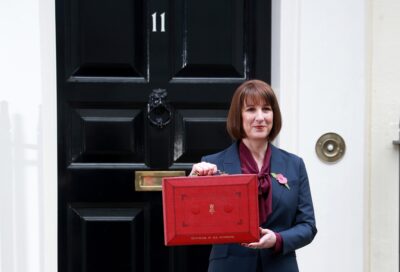Platform provider Mobinc specialises in creating bespoke solutions for its partners, with Responsible Gambling (RG) at the core of its approach, writes Lauren Harrison.
From early harm detection and consumer-facing RG tools to staff training and on-site transparency, Mobinc knows that embedding these elements early can make or break operators – and no one gets it better than CEO Sergei Belikov.
Having risen through the company over nearly a decade–from Head of Compliance to CEO–Sergei is no stranger to the complexities of RG. He has also founded the iGaming retention specialist Aniksi and served as COO of Playson.
Join us for an iGF exclusive, as Sergei explores the intersection between RG, sustainability, transparency, and retention. He also covers emerging ways to identify patterns of risk, the role of player education, and why getting RG right is not just a regulatory necessity but a long-term growth strategy.
Responsible gambling is high on the priority list for all operators – and rightly so. Should it be embraced as a core pillar of future growth? And, if so, how can operators make this transition?
“Responsible gambling should not be treated as a box-ticking exercise. It must be incorporated as a core pillar of sustainable growth.
“Operators who view it purely through a compliance lens risk short-termism, focusing on meeting regulatory requirements rather than building long-term trust and loyalty.
“In today’s market, players are increasingly conscious of their safety, transparency, and fairness, and regulators are raising the bar on expectations.
“The real shift happens when responsible gambling is integrated into the customer journey as a value proposition, not a restriction.
“This means using data-driven tools to identify risky behaviour early, providing personalised interventions, and framing limits as empowering rather than punitive.
“It also requires educating players and giving them intuitive control over their own play.
“From a business perspective, embedding responsible gambling fosters player retention, strengthens brand reputation, and reduces regulatory and financial risks.
“Operators can make this transition by aligning RG initiatives with CRM strategies, training teams to handle interventions empathetically, and communicating openly about player protection as part of their brand identity.
“Done well, it becomes both a competitive differentiator and a foundation for sustainable growth.
“At Mobinc, we implement Responsible Gambling as a growth driver by:
- Integrating RG tools seamlessly into the player journey: On our brands, deposit limits, session reminders, and self-exclusion options are built directly into the cashier and account areas. This ensures they are visible and accessible without disrupting gameplay.
- Using data to identify early signs of risk: Our risk models track unusual betting patterns and escalating spend, enabling timely interventions before harm escalates. These insights also inform how we personalise safer play messaging.
- Aligning RG with CRM: Rather than treating responsible play as separate, we embed it into retention flows. For example, players showing healthy engagement are encouraged to explore new features, while those at risk receive supportive nudges.
- Training frontline teams: Mobinc has invested in training customer support to handle RG conversations with empathy, ensuring interventions strengthen trust rather than alienate players.
- Transparent communication: We position safer play as part of our brand ethos. By highlighting protection tools in onboarding and marketing, players see RG as a feature, not a limitation.”
Transparency is a key factor in gaining a player’s trust and maximising retention. How can operators use this to their advantage via the features their platform offers?
“Transparency is one of the most powerful ways operators can build trust and, ultimately, retain players.
“In an industry where scepticism is common, being upfront about how the platform works creates a sense of security that keeps players returning.
“Operators can leverage platform features to deliver this transparency in several ways. Clear and accessible transaction histories help players track deposits, withdrawals, and gameplay outcomes without ambiguity.
“Similarly, transparent bonus systems–where wagering requirements, timelines, and restrictions are explained in plain language–reduce frustration and improve uptake.
“At Mobinc, we’ve seen that brands offering simplified bonus explanations achieve 20–25 percent higher conversion on promotions, while withdrawal transparency (with 80 percent of requests processed within 24 hours) has a direct impact on player satisfaction and trust.
“Likewise, making responsible gambling tools visible has led to a 15 percent increase in usage, showing that when tools are easy to find, players actively engage with them.
“Communicating proactively–whether through real-time notifications about account changes, prompt updates on withdrawals, or visible licensing and regulation details–shows players they are in safe hands.
“By making transparency a cornerstone of the user experience, operators turn trust into loyalty – and loyalty into sustainable growth.”
What are the most effective ways to identify risk and problematic player behaviour? How much focus should operators give to behavioural markers compared to the more traditional financial ones? Is there a way to find the perfect balance?
“Identifying risk and problematic player behaviour requires a layered approach that blends financial markers with behavioural indicators.
“Traditional data points like sudden deposit increases, escalating stakes, or failed transactions are crucial. But they often flag issues only once risk has already escalated.
“Behavioural markers–such as chasing losses, increasingly frequent logins, or ignoring responsible gambling messages–tend to surface earlier and provide valuable context.
“At Mobinc, this understanding is driving the development of our own risk scoring system, designed to combine both types of data into a single, dynamic model.
“For example, one case highlighted how a player appeared financially stable but showed unusual login frequency and extended late-night play. Traditional financial thresholds didn’t raise a flag, but our behavioural monitoring did. This allowed us to intervene early, helping the player regain control without reaching a harmful stage.
“Our goal is to build a system that doesn’t just react to risks but anticipates them, scoring players across multiple dimensions and adapting as new behaviours emerge.
“This proactive approach ensures compliance, protects players, and ultimately supports sustainable business growth.”
Even in mature markets, where players may be considered more savvy, how important is education? What sort of topics should we be communicating with players about to create a safer and more enjoyable gaming environment?
“Player education remains critically important, even in mature markets where players are often seen as more experienced.
“Savvy players may understand the mechanics of games, but that doesn’t necessarily mean they fully grasp concepts such as volatility, probability, house edge, or the long-term impact of their play habits.
“Education builds trust, empowers players to stay in control, and helps create a culture where gambling is viewed as entertainment rather than a means of income.
“At Mobinc, we believe operators should communicate openly on topics such as understanding odds and RTP, setting personal limits and using RG tools, recognising risky behaviours–like chasing losses or playing when stressed–and promoting balanced play.
“When framed positively, education enhances rather than restricts the experience. For example, we’ve seen players who engage with educational prompts use limit-setting tools 30 per cent more often, demonstrating that informed players actively choose safer ways to play.
“Ultimately, by educating players and giving them the right tools, operators not only create a safer gaming environment but also secure the long-term sustainability of the industry itself.”
Editor’s Note:
Sergei navigates the entire spectrum of iGaming compliance with passion and erudite ease. He isn’t reinventing the reel. But with a bird’s eye view of where the market–and sustainable operators–are heading, he’s leveraging his years of industry experience to create a Mobinc-inspired future.
From enhancing the gambling experience and building trust through transparency and player education, to applying behavioural analysis for the early identification of problem gambling, a common theme runs throughout this conversation: RG should not be treated as a compliance checkbox; but as a core principle that supports long-term growth.
In Sergei’s view, embedding RG into the player journey delivers multiple benefits: Increased retention and loyalty, alongside reduced regulatory and financial risks.
And, as he says, in a market where “players are increasingly conscious of their safety, transparency, and fairness, and regulators are raising the bar”, prioritising RG is a simple and smart choice.
For Mobinc, this approach is fast becoming a competitive differentiator, guiding them in building the next generation of iGaming platforms.




